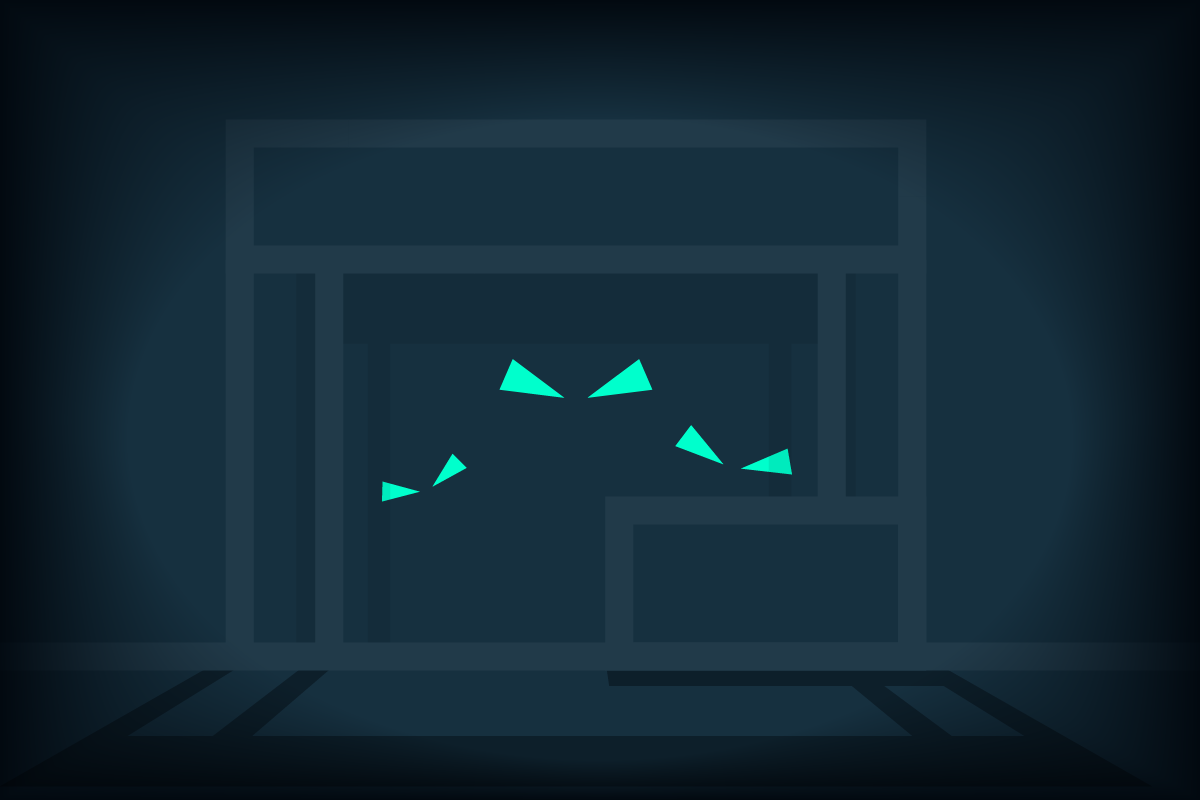At some trade shows, you’d be forgiven for thinking you’d wandered into an arcade. Claw machines, buzzers, reaction games, VR headsets – every stand competing for attention with something shiny, noisy or gamified.
At others? Not so much as a touchscreen.
So, what’s behind the contrast? And more importantly, what makes an interactive element worth the space it takes up?
It’s not about novelty. It’s about behaviour.
The Psychology of Participation
When someone interacts with a stand, even in a small way, they become part of the experience. It shifts their mindset from passive observer to active participant.
This matters because of a principle known as the IKEA Effect. It’s a behavioural bias that shows we place significantly more value on things we’ve helped create. Even if it’s just screwing in a leg on a flat-pack table, the sense of contribution increases attachment.
The same holds true in brand spaces. If a visitor completes a quiz, inputs their preferences, plays a game or takes part in a demo, they’re more likely to form a memory, have a positive association, and recall the brand later. They’ve invested, even if just with 30 seconds of their attention.
This is the kind of nuance we unpack more fully in our Ultimate Exhibition Success Kit. It’s designed to help marketers go beyond footfall and freebies, and start thinking strategically about every interaction on the stand.
Where It Works Best
Used well, interactive features can be a powerful tool. They can:
- Create dwell time – Keeping visitors engaged gives your team a longer window to start a conversation or qualify a lead.
- Support product understanding – From AR tools to tactile demos, interactive elements can show rather than tell.
- Introduce your brand tone – Playful formats can soften serious topics. Or vice versa.
- Generate useful data – Interactive surveys or quizzes can double as lead capture, providing insight while engaging.
We explored this further in our piece on exhibiting like a market leader, where we broke down how smart exhibiting isn’t about doing more, it’s about doing what works. Interactivity is no different – it has to serve a purpose.
When It Falls Flat
We’ve said it before: if your interactive element is drawing a crowd but delivering nothing, it’s a waste of space.
Here’s where it tends to go wrong:
- Disconnected concepts – If the activity doesn’t link to your product or message, it creates confusion, not clarity.
- Poor quality execution – Clunky interfaces, slow load times, or complicated instructions create friction instead of engagement.
- No follow-up strategy – If the experience ends when the game does, you’re missing the point.
We explored the value of follow-through in our blog on turning exhibition conversations into long-term clients. Spoiler: the real work begins after someone walks away from your stand.
Is It Right For You?
Before you invest in something interactive, it’s worth asking:
- Does it support your goals?
- Does it align with how your audience behaves?
- Can your team run it with confidence?
- Is there a clear next step once the interaction is over?
Not every stand needs a game. But every stand does need a reason for visitors to stop, stay, and start a conversation. Sometimes, that reason is hands-on. Sometimes, it’s something else entirely. The trick is knowing which – and when.
Final Thought
The best exhibiting isn’t about doing what’s trendy. It’s about doing what works for your brand, your product, and your audience.
Interactivity can be a brilliant way to introduce pause and play into your space. But only if it’s backed by purpose, strategy and strong execution.
Want help deciding what belongs on your next stand? Our Ultimate Exhibition Success Kit is a great place to start.
Because at Imagine, interaction isn’t an afterthought. It’s part of the formula.
Want to know more about how we build great stands for great brands? Sign up to our Newsletter, or if you're looking to make sure you've thought of everything for your build, why not download our The Ultimate Exhibition Success Kit.


.png)
.png)

.png)
